“The Life of Chuck” (2025) is an existential fantasy directed by Mike Flanagan and based on a short story by Stephen King. It is bound to be a sultry, irresistible temptation. A director known for transforming genre horror into something intimate and immediate—never flashy, never hollow—Mike Flanagan, adapting an unpublished novella from King’s 2020 collection If It Bleeds, feels, to a cinephile, like a film you can already see and feel before it even exists.
The “Doctor Sleep” director takes the tale, embraces its unmathematical inquiries into mortality, and transforms it into one of the most light and feathery dramas in recent memory—about the vitality of relationships and the rhythm of dance.
Defying petty concerns about death and despair through some of the most stunning footwork captured on screen, “The Life of Chuck” uses reverse chronology to deliver a biopic-like portrait of Charles Krantz, an accountant who made small compromises and quietly carried the burden of a much larger picture. The film is anchored by an extraordinary lead performance from Tom Hiddleston, whose quiet rumble gives every other performer the space to shine and exude their own charisma.
None of this, of course, takes away from the fact that it is, unmistakably, that kind of American film. Its protagonist’s laid-bare simplicity is so non-confrontational and definitive that it’s just as easy to resist its manipulations as it is to be completely swept away by them. And yet, the narrative mechanics operate with genuine stylistic conviction.
For all its confectionary sweetness, the film never compromises the intent of its writing or direction. Even the overbearing Nick Offerman narration—heavy, deliberate, unmistakably literary—retains meaning and emotional weight, despite often sounding like a Netflix audio description mode hijacked by a poet.
Here’s our attempt to explain what makes it so quietly hypnotic.
The Life of Chuck (2025) Plot Summary and Movie Synopsis:
Act Three: Thanks, Chuck
Middle school teacher Marty Anderson begins noticing unusual events unfolding across the world, from natural disasters to the sudden, worldwide loss of the internet. Only 20 percent of California remains intact, Asia is entirely devastated, and even parents seem uninterested in their children’s lives.
All around, billboards and advertisements appear featuring the picture of an accountant named Charles “Chuck” Krantz, with the words: “Charles Krantz: 39 Great Years! Thanks, Chuck!” Yet no one Marty encounters has ever heard of him. At one point, an air message reading “Thanks, Chuck” is written in the sky.
What does Felicia notice at the hospital?
Marty’s ex-wife, Felicia Gordon, calls him, and the two wonder aloud whether the end of the universe is near. Together, they begin witnessing more disasters and eerie phenomena. At the hospital where Felicia works, she notices the monitors of empty beds displaying active heart rates, beeping as if patients were there.
How does the universe end?
When telephone service and electricity finally vanish, Marty goes to Felicia’s home so they can face the universe’s final moments together, watching the stars disappear one by one. The end of the universe is revealed to be tied to 39-year-old Chuck, lying bedridden in a hospital with a brain tumor.
At his side are his wife, Ginny, and their son, Brian. Across every street, house windows light up with the “Thank You, Chuck” advert. As Ginny tells him, “39 great years. Thanks, Chuck,” he passes away. In the same instant, Marty whispers to Felicia, “I love you,” as the universe abruptly ends.
Act Two: Buskers Forever
Who does Chuck meet at the banking conference?
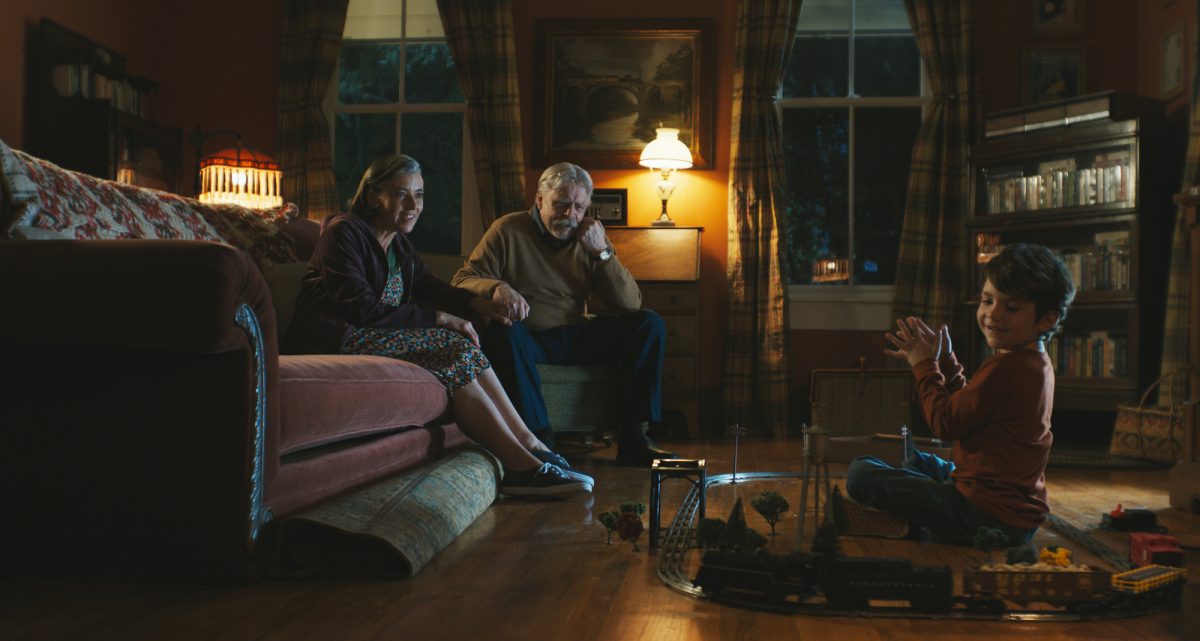
Nine months before his death, Chuck attended a banking conference. While walking outside, he comes across a street drummer named Taylor, who notices him and begins playing for him. On impulse, Chuck starts dancing, drawing a crowd. Janice Halliday, a young woman recently dumped via text by her boyfriend, joins him, and the two dance together. Chuck falters briefly with a headache but pushes through, thrilling the onlookers.
What happens after Chuck dances with Janice?
Afterward, Chuck and Janice help Taylor pack up, and at Taylor’s insistence, they split the earnings. Chuck admits he doesn’t know why he was compelled to dance the moment he heard Taylor’s drumming. Taylor suggests they form a traveling troupe, but both Chuck and Janice decline. The three part ways with a hug. Chuck continues his day, quietly unsettled but uplifted, sensing in the months ahead—as his health deteriorates—that God may have made the world just for that fleeting moment.
Act One: I Contain Multitudes
What does Ms. Richards teach Chuck about “I contain multitudes”?
As a young boy, Chuck lost both his father and pregnant mother in a car accident. He lived with his paternal grandparents, Albie and Sarah. Sarah, warm and spirited, teaches him to love dancing, while Albie, bitter and sardonic, sinks into alcohol after his son’s death and forbids Chuck from entering the house’s cupola, hinting that he has seen the ghosts of the soon-to-die inside it.
At school, Chuck asks his idealistic teacher, Ms. Richards, about the meaning of the phrase “I contain multitudes” from Walt Whitman’s Song of Myself. She explains that the memories he collects throughout life form a universe inside his mind.
The Life of Chuck (2025) Movie Ending Explained:
What does Chuck see in the cupola?
When Sarah collapses in a supermarket and dies, Albie’s drinking worsens. Inspired by his grandmother’s joy, Chuck joins the school’s dance program, Twirlers and Spinners, quickly becoming its standout performer. He even teaches the group how to moonwalk. He develops a crush on Cat McCoy, an older girl often paired with him. Though she has a boyfriend, Cat asks him to share a dance at the Fall Fling.
Chuck tells Albie about his dream of becoming a dancer, but Albie dismisses it, urging him instead to pursue accounting, insisting math underpins everything. At the Fall Fling, Chuck hesitates but eventually lets go, dancing with Cat in front of the cheering crowd—including Marty and Felicia, with Marty revealed as a teacher at Chuck’s school. After Cat kisses him, Chuck sneaks outside to dance alone in the field, injuring his hand and leaving a scar.
Also Read: Every Mike Flanagan Film Ranked
Years later, Albie dies, leaving the teenage Chuck the house and everything in it. His maternal grandparents from Omaha move in until he departs for college. Now holding the cupola key, Chuck finally enters it and sees an apparition of himself as an adult, lying on his deathbed, recognized by the scar on his hand. Still, he shrugs off the vision, vowing to embrace life fully, declaring: “I am wonderful, I deserve to be wonderful, and I contain multitudes.”
The Life of Chuck (2025) Movie Themes Analysed:
Mortality and the Universe Within
Perhaps the most glorious virtue of art is its ability to give life — and stories about life — the expanse they deserve but rarely receive. With “The Life of Chuck,” we see that happen early on. Chuck’s 39 years are framed as a universe collapsing, and not even from his POV at first.
A sinkhole swallows cars and shops; people toss their work bags into the street as if the path home is pointless. Chuck himself has known loss firsthand, yet the framing elevates him to the degree that everything seems to exist only as long as he does. It’s a delicate but piercing metaphor for how every human life contains its own cosmos.
The delicacy doesn’t diminish the weight. If anything, it’s fitting given the textual detail. Chuck’s body shutting down isn’t depicted through physical breakdown but through the slow dissolution of the world around him. In that unraveling, people he once knew — or even merely observed — cross paths. When individual mortality collides with cosmic extinction in a way only a story like this can offer, life begins to resemble a bittersweet anthology.
Whitman’s “I contain multitudes” functions less as a motif and more as a thematic case study. Psychology tells us our memories and connections form universes that die with us. Religions worldwide — constrained as they may be — echo that our body is a temple. Does that mean we’re guilty of a universe ending with us? Hardly.
The Fragility of Human Connection
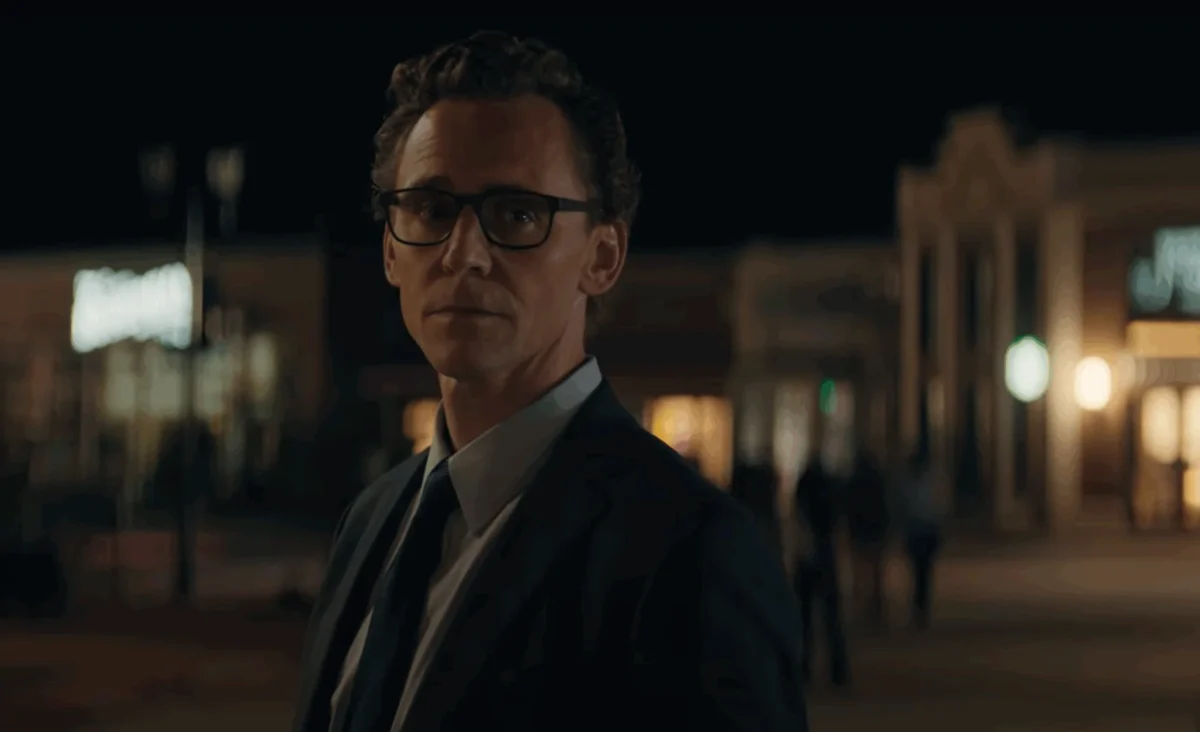
The first thing Felicia mentions to her colleague Bri is the very question she later uses to reconnect with Marty on the phone: with the world ending, will divorce rates rise or wedding rates? Felicia herself answers that weddings will, not out of optimism but because the paperwork is simpler, more harmless.
This soon blooms into a reunion with Marty, underlining how forging connections is a basic human instinct. You might cut someone off out of bitterness, yet secretly hope for reconciliation. You might share a fleeting thirty‑second conversation with a stranger, only to follow each other on Instagram later. It’s just beautifully human.
Another striking element is gratitude and recognition. Both exist in abundance yet are often left unspoken. That hesitation is broken in the very first act of the film’s reverse chronology, where the world turns itself into a small planet of “Thanks, Chuck.” We don’t know whether his later life held darker chapters, though his youth suggests scars that likely persisted. Yet the film suggests the key is in what little one manages to give, even when overshadowed by nihilism and forgetfulness.
Ultimately, holding on defines any relationship’s last leg. The film builds itself around Chuck’s ties with Cat, Taylor, Janice, and Ginny. These small connections eclipse cosmic terror, and through them, he forges bonds not just with Marty and Felicia and Bri, but even with the unnamed girl skating down the street.
Faith and Fate
In mythological tales, characters often learn their future in advance. More often than not, they are insecure men who twist themselves into cruelty to escape their inescapable fate. Refusing to acknowledge unpredictability — which is not the same as accepting it — exposes deep insecurity.
This thread plays out in the Cupola sequence, arguably the bleakest passage in an otherwise light‑filled film. Sarah, though barely in her sixties when she collapsed in the mall, lived fully, her grief only heightening her love for dance and food. Albie, who lived longer, let Cupola’s knowledge corrode him, drowning himself in alcohol to bear life’s routines.
Staying true to genre, the film allows Chuck himself the same foreknowledge. What defines him as its protagonist, though, is how he responds: not by breaking, but by embracing. The vision pushes him toward affirmation, toward living consciously. It leaves the film with one unresolved question, haunting in its simplicity: is life meaningful because fate is certain — or in spite of it?
The Banality of Apocalypse
Mike Flanagan paints the apocalypse with a deliberately paper‑thin brushstroke. Marty notes how, even as the universe collapses, people grow strangely indifferent. Parents dwell on the internet’s disappearance rather than their children’s absence. Workplaces vanish, and people shrug. When word spreads that only twenty percent of California remains, a guard’s main concern is food production. The end plays out not as fiery chaos but as bureaucratic winding‑down. Even the sudden ubiquity of “Thanks, Chuck” gets dismissed as possible state propaganda.
The film suggests that, even with the anxiety of everything ending, the response may arrive as the most ordinary human shrug. Before humanity ends, it will go on behaving as it always has. And its exit, like its course, will likely be unremarkably familiar.

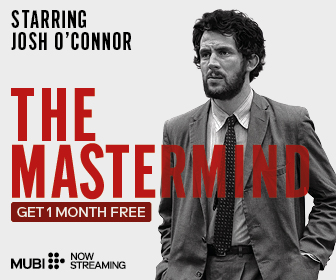

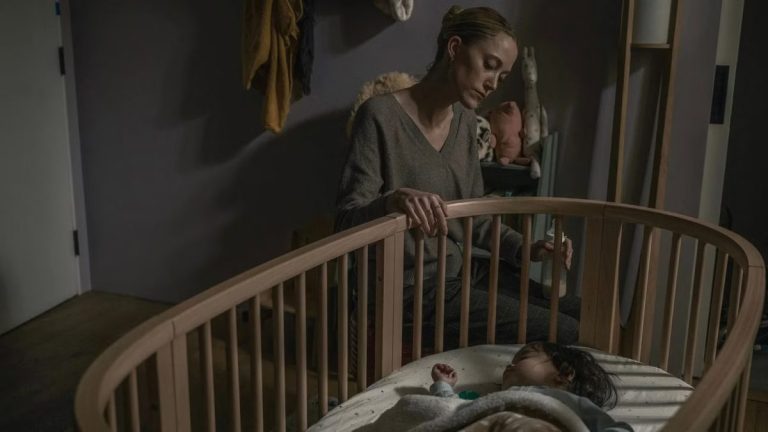
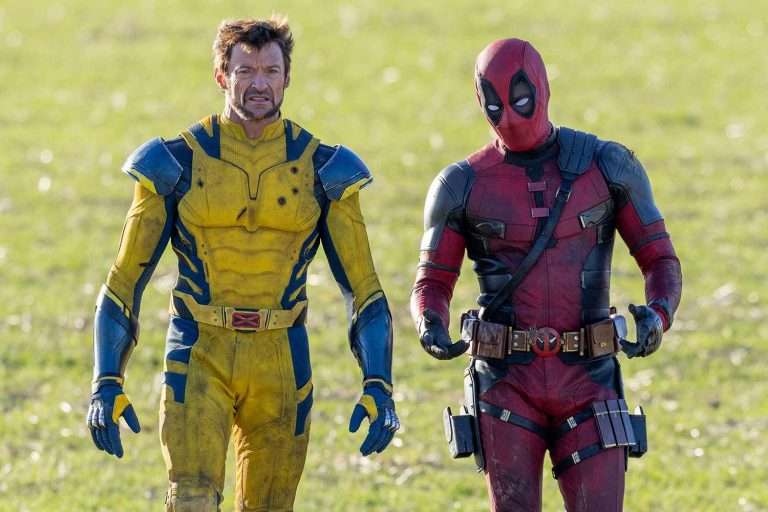
![Quiz Show [1994] Review – A Thought-provoking Look at the Shallowness and Chicanery of Show Business](https://79468c92.delivery.rocketcdn.me/wp-content/uploads/2021/05/Quiz-Show-1994-768x520.jpg)
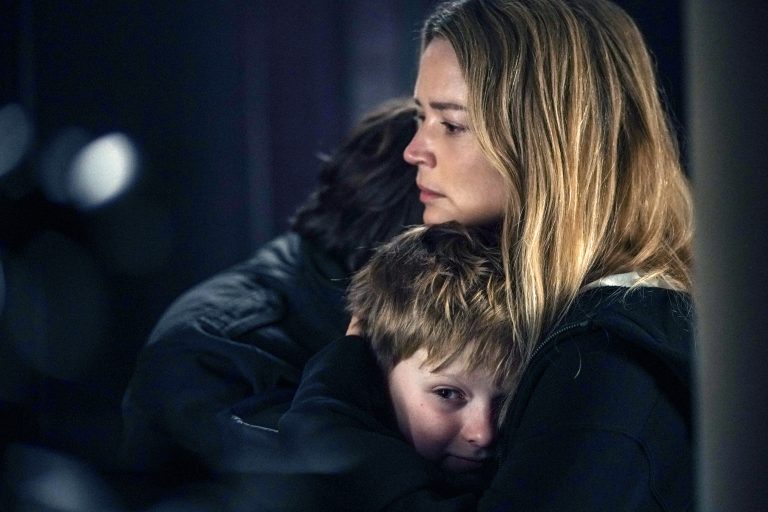
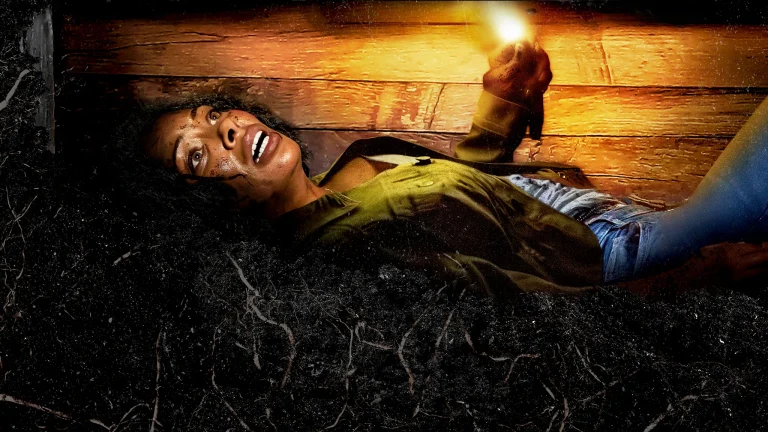
![Brut Force [2022] review : A predictable Noir-thriller](https://79468c92.delivery.rocketcdn.me/wp-content/uploads/2022/04/Brut-Force-2022-768x432.jpg)